You’ve probably heard about Google’s 20 percent time. It’s what led to creations like Gmail. Now, schools are even contemplating converting one-fifth of their school day to personal project time.
At The Spry Group, we have a spinoff of that idea. It’s called Free Association Fridays (FAF). Yes, it’s as cool as it sounds. So what’s the purpose of FAF? During two or three Fridays every month, we work on personal passion projects. This allows us more time to be creative and work on things we care about.
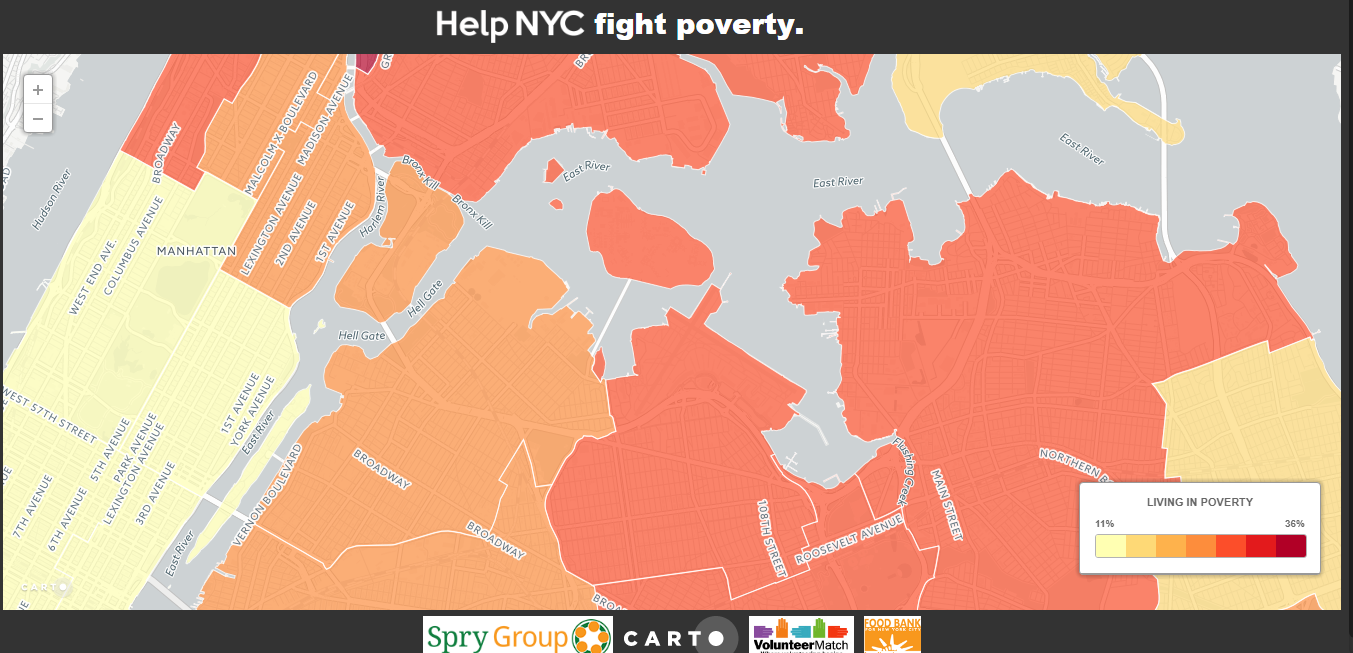
For Paolo Dvorchik, project manager and lead developer at The Spry Group, one of the results of FAF has been HelpNYC, a project which aims to drive civic engagement by showing people what problems afflict their neighborhoods and communities.
Today, we get to hear more about this exciting and impactful project from Paolo. We’ll also get some incredible insights into how data can drive positive change.
Why HelpNYC has launched
HelpNYC is an interactive map depicting stats across every neighborhood in the city. Specifically, it shows the following:
- Poverty rates
- High school graduation rates
- English fluency rates
To access data for your neighborhood, all you have to do is scroll over to it on the map. Humanized stats depicting poverty, education, and English fluency rates then appear.
“The interactive map is the shiny part. It’s designed for people to quickly and easily see issues > facing their community,” says Paolo. “The goal is that this will motivate people to go out and make their community a better place.”
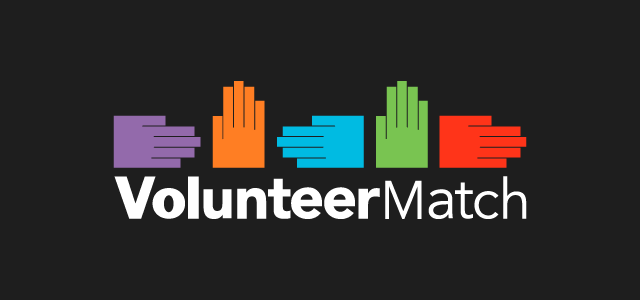
That’s why, while building this interactive map, Paolo has made it simple for folks to see how they can help out in their NYC neighborhood. All you have to do is click on your neighborhood, and you’ll see a whole list with links to volunteer opportunities in the area. So far, organizations like Food Bank for New York City, The Children’s Aid Society, Reading Partners, and other charities are all listed on the site. Even VolunteerMatch has partnered to display its opportunities on the HelpNYC site.
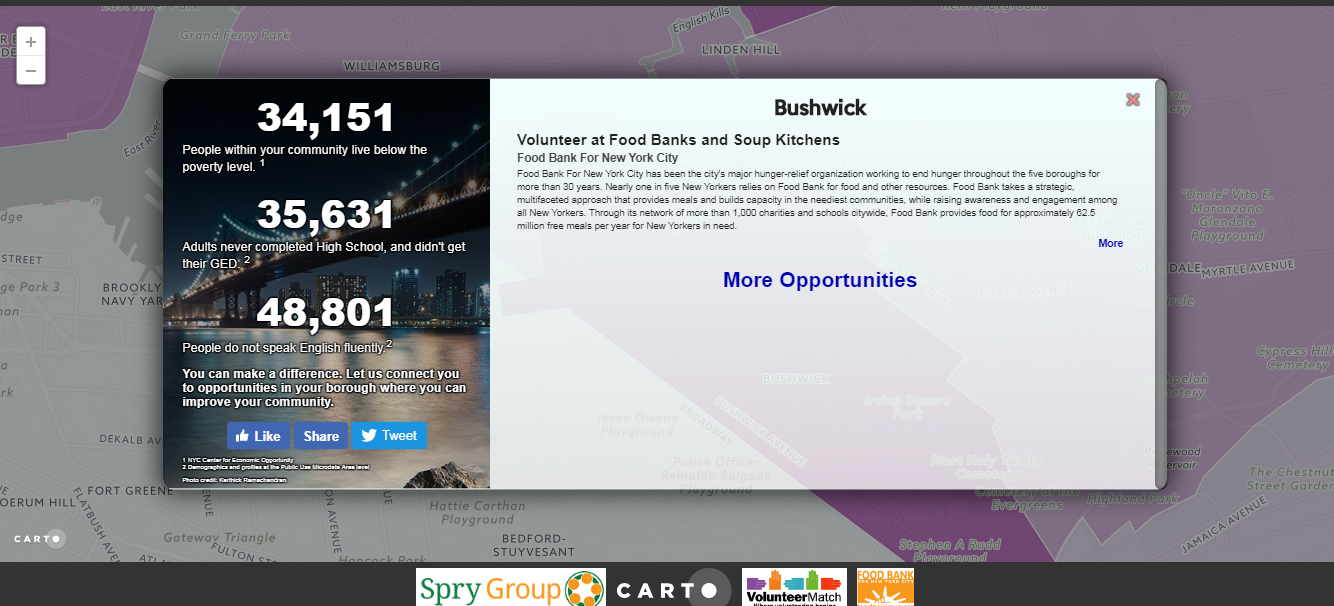
The result is a tremendously efficient map that allows people to understand issues their community faces and how they can help. Literally within minutes, you can sign up to make a difference in your neighbors’ lives.
We have the power to improve the world
Humans create 2.5 quintillion bytes of data every day. Much of that data is public—it’s available to all of us. The problem is that, while the data is accessible, it’s not in a user-friendly format and/or isn’t integrated.
It’s Paolo’s goal to turn this data into easily digestible visual information. This way, people will be more aware of what’s going on and feel encouraged to start making a difference.
For the project, Paolo used civic data from sources like the national census and economic data from places like the NYC Center for Economic Opportunity. He also made use of readily available tools.
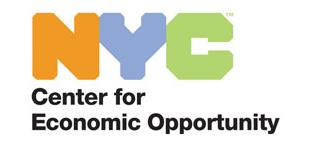
“Tons of info is out there concerning poverty, education, and language fluency. It’s just a matter of integrating resources and making it look nice,” describes Paolo. “I used a few different data mapping tools to make it look better and easier to navigate.”
Again, while this information is made public, it doesn’t mean people have been seeing it or understand it. A big reason for that is because there is a problem with how data is being displayed by these public sources.
“People can absorb lots and lots of info when it’s presented correctly,” states Paolo. “HelpNYC is part of my larger goal to make sure important data is presented correctly and gets its full use.”
According to Paolo, all we need to accomplish this goal is public data from civic and nonprofit organizations, free tooling, and the drive to want to make positive change.
“We as citizens have the power to improve things,” believes Paolo. “What better place to start > than our own backyards?”
Building upon HelpNYC with other projects
In addition to looking at poverty, high school graduation rates, and English fluency for HelpNYC, Paolo may later add other data points, like homelessness. Early on, the map is already seeing a lot of traffic, which is a very good sign that it will drive more action in neighborhoods across New York City.
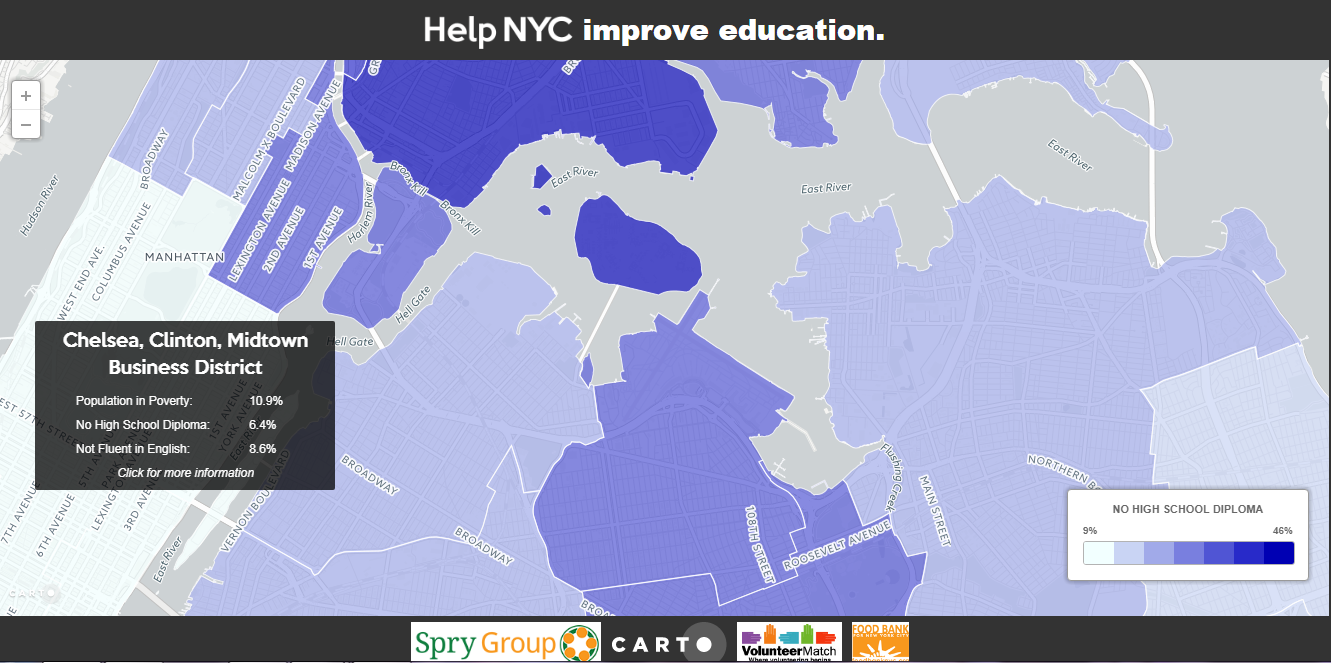
Also, Paolo is just getting started with projects like HelpNYC. Many other exciting projects are on the agenda.
As Paolo states, “Pretty much any civic task such as: calling your representatives, reporting potholes in the street, and volunteering at your local foodbank, can be encouraged via the right tools.”
So what’s next up for Paolo? Well, he’s looking at ways to encourage people to attend Town Halls and make their voices heard. Data can play a role in helping folks see what are the most pressing problems in their towns. He is also currently working with others on the Town Hall Project on FAF days. Clearly, there is so much potential to leverage open data for good.
Like Paolo says, “Civic action has the potential to change the world. We just need to empower and support people on their way to doing it.”
